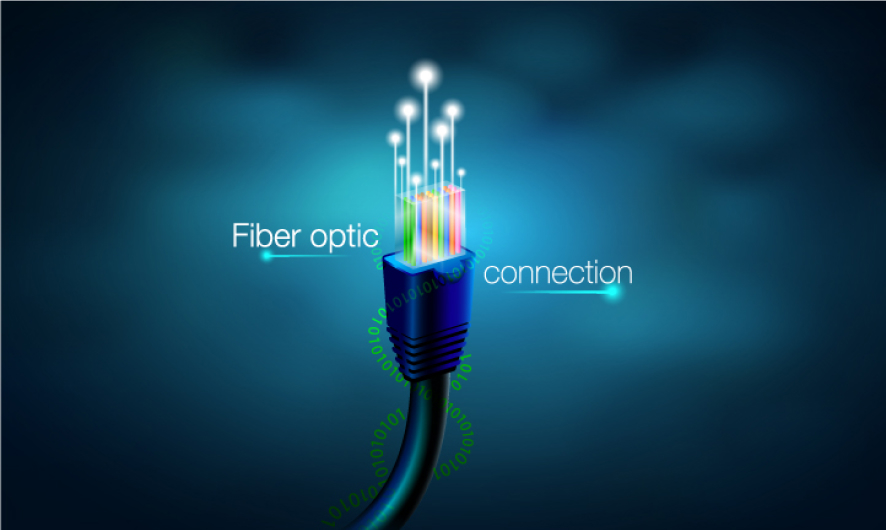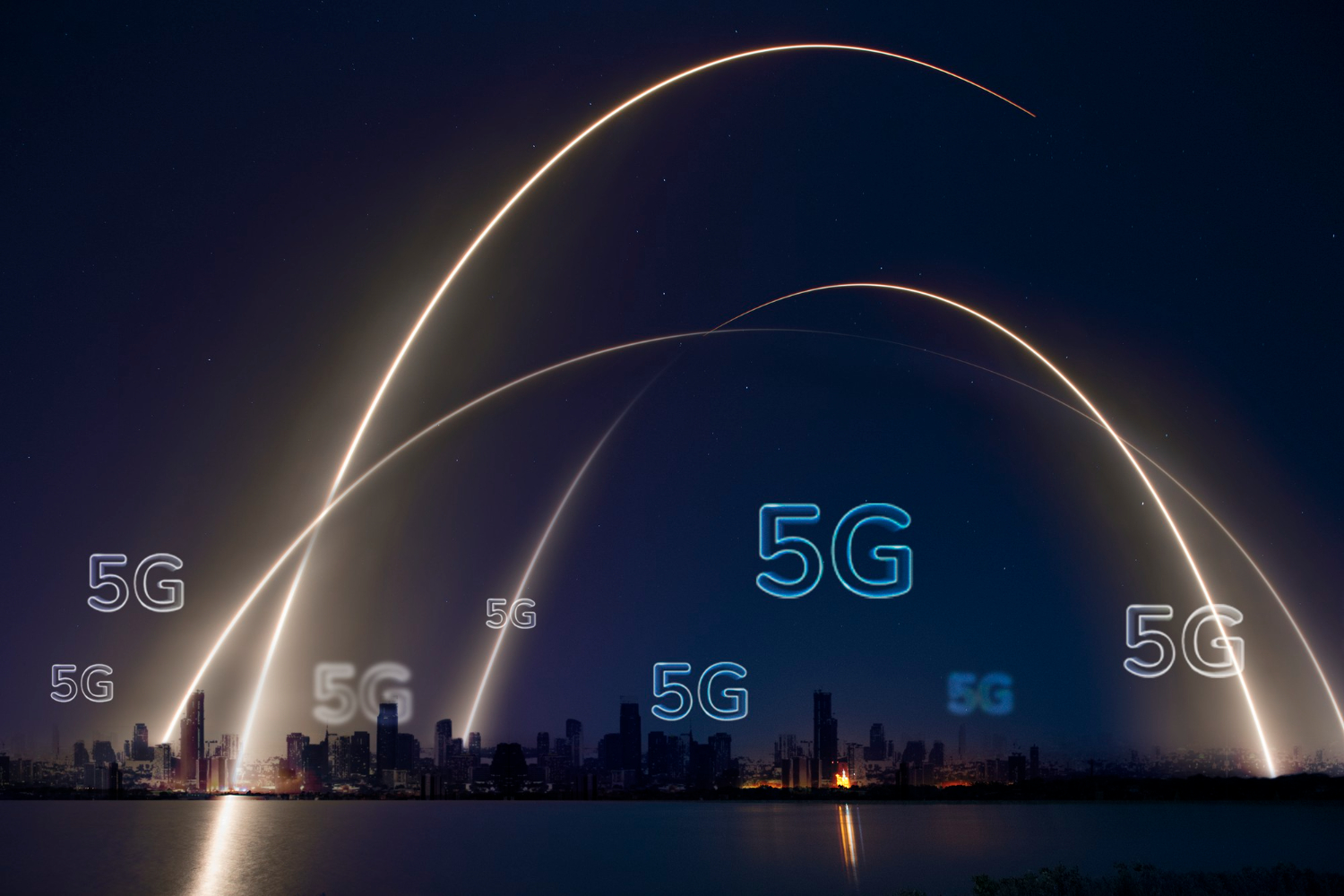The future of internet technology has arrived and how! The present era of fibre-optic connection has revolutionized the world of communication as it surges through all the spheres of our life.
Buy Airtel Wi-Fi with exciting benefits!
Fibre internet is the latest change that has largely influenced the way we work, shop online, play games, and stream movies. Since it plays an integral role in our daily lives, it is important to understand the basics of a fibre network in detail.
In this article, we’ve elaborated on the basics of fibre internet, the functioning of fibre, and its different available types. So, come, let’s take a look:
The meaning of fibre-optic connections
The latest broadband connection called fibre net or fibre internet has changed the way of data transmission from one place to another. With a fibre network, we can now send information across the globe at the speed of light.
Today, a fibre optic connection is known for its superfast speed. Due to its high-speed benefits, it ensures quicker downloads and uploads, a smooth gaming experience, uninterrupted video calls, and so on. Besides, fibre also lets us do the following things with ease:
- Cloud backup in split seconds
- Instant file uploads
- Download a 2-hour long movie in a few minutes
- No lagging or buffering while playing online games
Now that we’ve understood the basics of fibre internet, let’s proceed further to know more about the working of a fibre-optic connection.
Primarily, there are many pieces that contribute to the advanced technology of fibre internet. But its two key components called optical fibres and the last mile play a major role.
Let’s understand the two main elements of fibre-optic connection in detail below:
Types of optical fibres
These fibres are extremely thin- about 125 microns in diameter. They are further divided into two parts:
The core
It is the innermost part of the fibre that is made from glass to help the light to pass through it.
The cladding
It is wrapped around the core. Therefore, the cladding is made out of a thicker layer of glass or plastic.
These two parts are bundled up together to form cables that carry pulses of LED light or laser down the line. They carry binary data, a coding system that we see on the internet. It usually travels up to 60 miles before it experiences any form of degradation.
The last mile
Now, after the pulses reach their designated destination, an Optical Network Terminal (ONT) converts these pulses of light into an electrical Ethernet. This, in turn, allows the light to connect to your devices, such as tablets, iPads, laptops, etc. to the internet. This last stretch of fibre that connects one to the backbone of the internet is called ‘the last mile.’
Typically, there are several forms of last-mile connections that your Internet Service Provider (ISP) installs for you. However, it generally varies on the purity of the fibre-optic connection.
Types of fibre internet
We’ve enlisted below the three common types of fibre internet. Let’s have a quick look at them below:
FTTC/ FTTN/ FTTS
Fibre to the curb/cabinet, neighbourhood, or street is one of the most common types of fibre connections wherein the fibre is delivered to a street cabinet from the farthest premise. It is then disbursed by the copper cables.
FTTH/ FTTP/ FTTB/ FTTD
Fibre to the home, premise, business, and desktop are direct fibre lines that are connected straight to the residence.
FTTB
Fibre to the building is a popular choice for apartments, hotels, and schools that provide internet access to several businesses.
Fibre connections have undoubtedly become the need of the hour due to their high-speed advantage. Airtel also offers fibre plans at striking deals. Airtel’s specially curated fibre internet plans are the best choice for everybody as they provide unlimited data at a super-fast speed. So, check out their offers today. Hurry!


 Get App
Get App  Airtel Store
Airtel Store  Login
Login 


